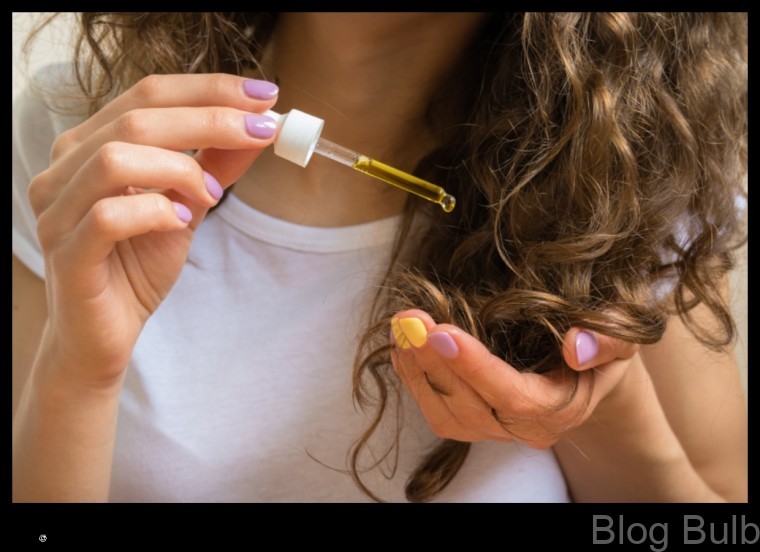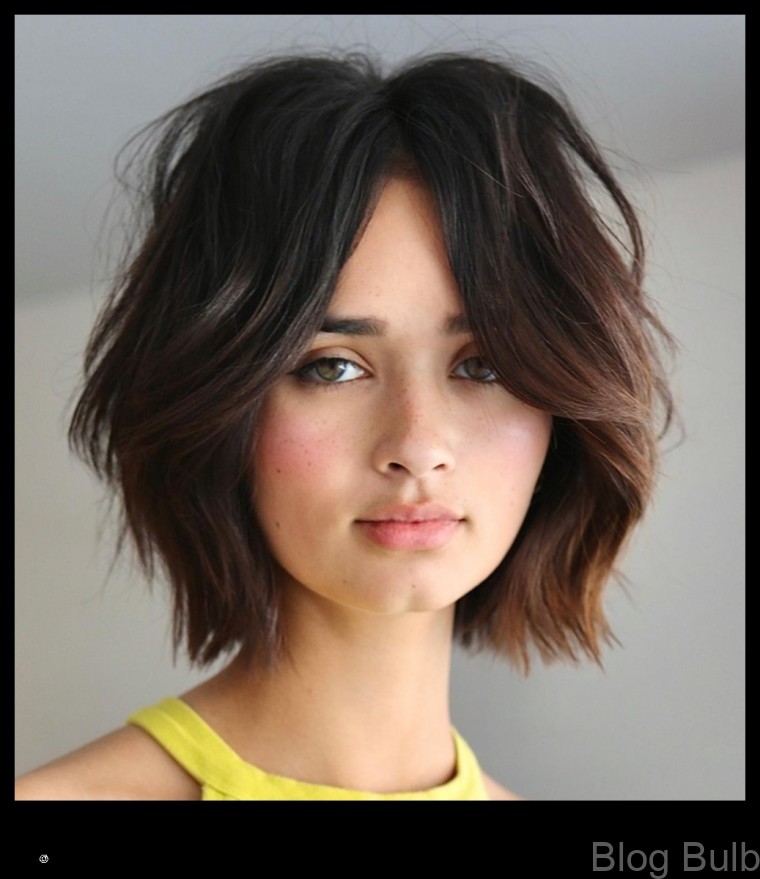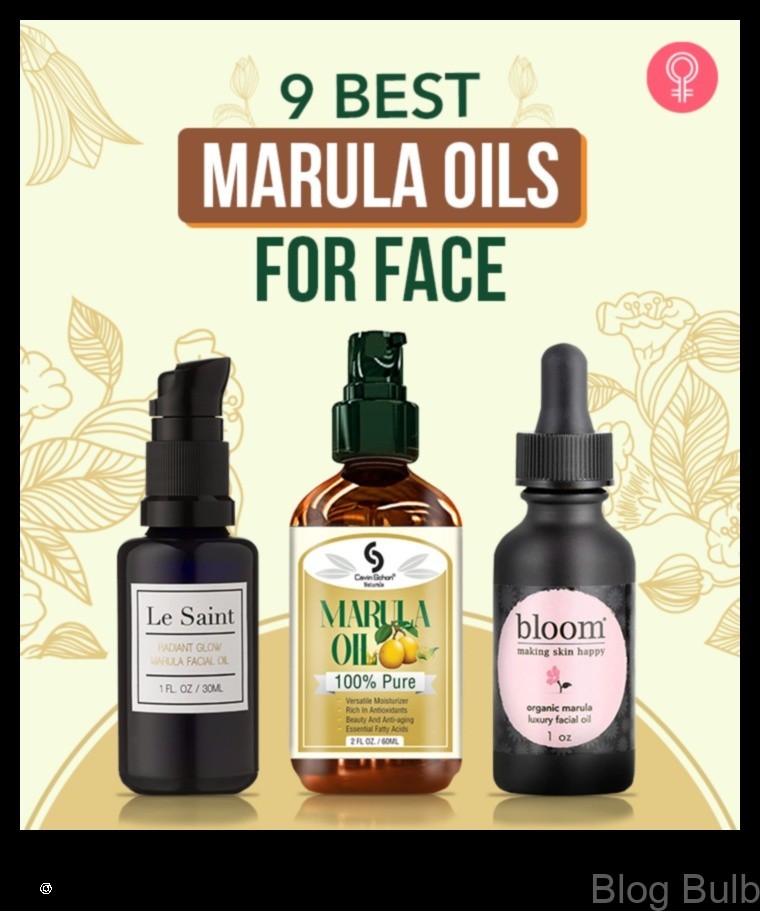
Table of Contents
Hair Health 101: Essentials for Gorgeous Locks
This guide will provide you with the information you need to maintain healthy hair. We’ll cover everything from the different types of hair to the best hair care products and routines. We’ll also discuss common hair problems and how to treat them.
I. Introduction
Your hair is a reflection of your overall health. When your hair is healthy, it’s shiny, strong, and has a natural bounce. But when your hair is unhealthy, it can be dull, dry, and prone to breakage.
There are many factors that can contribute to hair health, including genetics, diet, and lifestyle. But the good news is that there are plenty of things you can do to improve the health of your hair.
In this guide, we’ll discuss the basics of hair health, including the different types of hair, the best hair care products and routines, and how to treat common hair problems. We’ll also provide tips on how to maintain healthy hair for years to come.
II. Types of Hair
There are four main types of hair:
- Straight hair
- Wavy hair
- Curly hair
- Coiled hair
Each type of hair has its own unique characteristics and needs. For example, straight hair is usually fine and smooth, while curly hair is often thicker and more textured.
It’s important to know your hair type so that you can choose the right hair care products and routines.
III. Hair Care Tips
There are a number of things you can do to care for your hair and keep it healthy. Here are a few tips:
- Wash your hair with a gentle shampoo and conditioner.
- Condition your hair every time you wash it.
- Use a leave-in conditioner on dry hair.
- Protect your hair from heat styling.
- Use a silk or satin pillowcase to sleep on.
- Get regular trims.
By following these tips, you can help to keep your hair healthy and looking its best.
IV. Hair Care Products
The right hair care products can make a big difference in the health of your hair. When choosing hair care products, it’s important to consider your hair type and your specific hair needs.
Here are a few things to look for when choosing hair care products:
- Look for products that are sulfate-free and paraben-free.
- Choose products that are formulated for your hair type.
- Test a product on a small area of your hair before using it all over your head.
By choosing the right hair care products, you can help to keep your hair healthy and looking its best.
V. Hair Care Routines
Having a regular hair care routine can help to keep your hair healthy and looking its best. Here is a basic hair care routine that you can follow:
- Wash your hair with a gentle shampoo and conditioner.
- Condition your hair every time you wash it.
- Use a leave-in conditioner on dry hair.
- Protect your hair from heat styling.
- Use a silk or satin pillowcase to sleep on.
- Get regular trims.
By following this routine, you can help to keep your hair healthy and looking its best.
| Feature | Description |
|---|---|
| Hair Health | Information on how to improve the health of your hair. |
| Hair Care | Tips on how to prevent hair loss, how to treat dandruff, or how to style your hair in a way that flatters your face. |
| Hair Styling | Instructions on how to style your hair in different ways. |
| Hair Products | Information on the different types of hair products available and how to choose the right ones for your hair. |
| Hair Loss | Information on how to prevent and treat hair loss. |

II. Types of Hair
There are four main types of hair: straight, wavy, curly, and coily. Each type of hair has its own unique characteristics and needs.
Straight hair is the most common type of hair. It is smooth and lays flat against the head. Wavy hair has a slight wave to it, while curly hair has a more pronounced curl. Coily hair is the most tightly curled type of hair.
The type of hair you have is determined by your genetics. However, your hair type can also be affected by factors such as your diet, the products you use, and the way you style your hair.
III. Hair Care Tips
Here are some tips for healthy hair:
- Wash your hair with a gentle shampoo and conditioner.
- Condition your hair every time you wash it.
- Use a leave-in conditioner or styling cream to help keep your hair hydrated.
- Avoid using hot styling tools on your hair.
- Protect your hair from the sun and other environmental factors.
- Get regular trims to keep your hair healthy and looking its best.
II. Types of Hair
There are three main types of hair:
- Straight hair
- Curly hair
- Wavy hair
Each type of hair has its own unique characteristics and requires different care. For example, straight hair is typically easier to manage than curly hair, but it can be more prone to damage. Curly hair, on the other hand, is more prone to dryness and frizz, but it can also be more voluminous and stylish.
V. Hair Care Routines
A good hair care routine is essential for maintaining healthy hair. A basic hair care routine should include the following steps:
- Wash your hair with a mild shampoo and conditioner.
- Condition your hair every time you wash it.
- Style your hair with heat protectant products.
- Deep condition your hair once a week.
- Trim your hair regularly to remove split ends.
In addition to these basic steps, you may also want to incorporate other hair care treatments into your routine, such as hair masks, scalp massages, and hair oils.
The specific hair care routine that you need will depend on your hair type and your hair goals. If you are not sure what type of hair care routine is right for you, consult with a hair stylist or dermatologist.
VI. Hair Care Mistakes to Avoid
Here are some common hair care mistakes to avoid:
- Washing your hair too often
- Using harsh shampoos and conditioners
- Over-styling your hair
- Not using a leave-in conditioner
- Not protecting your hair from the sun
- Not using a deep conditioner regularly
- Using hot tools on your hair too often
- Smoking
By avoiding these mistakes, you can help keep your hair healthy and looking its best.
VII. Hair Care for Specific ConditionsThere are a number of different hair care conditions that can affect people, including:
- Dandruff
- Seborrhoeic dermatitis
- Psoriasis
- Tinea capitis
- Hair loss
If you have a hair care condition, it is important to see a doctor or dermatologist to get a diagnosis and treatment plan. There are a number of different treatments available for hair care conditions, including:
- Shampoos and conditioners
- Topical medications
- Oral medications
- Laser therapy
- Surgery
It is important to follow the treatment plan that your doctor or dermatologist recommends for your specific condition. By doing so, you can help to improve the appearance and health of your hair.
Hair Care for Different Hair Textures
There are many different hair textures, and the way you care for your hair will depend on its individual needs. Here are some tips for caring for different hair textures:
- Fine hair is often thin and delicate, and it can be prone to frizzing. To help keep your fine hair looking its best, use a gentle shampoo and conditioner, and avoid using heat styling tools on a regular basis.
- Thick hair is often more resistant to damage, but it can also be heavier and more difficult to style. To help keep your thick hair looking its best, use a volumizing shampoo and conditioner, and use heat styling tools on a low setting.
- Curly hair is often dry and frizzy, and it can be difficult to manage. To help keep your curly hair looking its best, use a moisturizing shampoo and conditioner, and use a styling product that will help define your curls.
- Straight hair is often oily and prone to flatness. To help keep your straight hair looking its best, use a clarifying shampoo and conditioner, and use a styling product that will help add volume and shine.
In addition to these general tips, there are also a number of specific products and treatments that can help you care for your hair texture. Talk to your hairstylist or dermatologist for more personalized advice.
IX. Hair Care for Men
Men’s hair care needs are different from women’s hair care needs, in part because men’s hair is typically thicker and oilier. Here are some tips for men on how to care for their hair:
- Wash your hair with a gentle shampoo every 2-3 days.
- Condition your hair every time you wash it.
- Use a styling product that is designed for men’s hair.
- Avoid using heat styling tools on your hair every day.
- Get a haircut regularly to keep your hair looking its best.
For more information on men’s hair care, you can consult with a hair stylist or dermatologist.
X. FAQ
Q: What is the best way to wash my hair?
A: The best way to wash your hair depends on your hair type and texture. For most people, a gentle shampoo and conditioner that is sulfate-free and paraben-free is a good option. You should wash your hair every 2-3 days, or more often if you have oily hair.
Q: How can I prevent hair loss?
A: There are a number of things you can do to prevent hair loss, including:
- Eating a healthy diet that is rich in protein, iron, and vitamins
- Getting regular exercise
- Managing stress
- Avoiding smoking and excessive alcohol consumption
- Using gentle hair care products
Q: How can I treat dandruff?
A: Dandruff is a common scalp condition that can be caused by a variety of factors, including dry skin, seborrheic dermatitis, and psoriasis. There are a number of different treatments for dandruff, including:
- Over-the-counter dandruff shampoos
- Prescription dandruff shampoos
- Home remedies, such as apple cider vinegar rinses and tea tree oil
Maybe You Like Them Too
- How to Detangle Curly Hair Without Damaging It
- Sole Mates A Guide to Finding the Perfect Shoes for Every Outfit
- Beauty Beyond Borders When Fashion and Makeup Collide
- 50 Chic Wedding Hairstyles for the Modern Bridesmaid
- The Best Shampoos for Hair Extensions A Guide to Keeping Your Extensions Healthy



